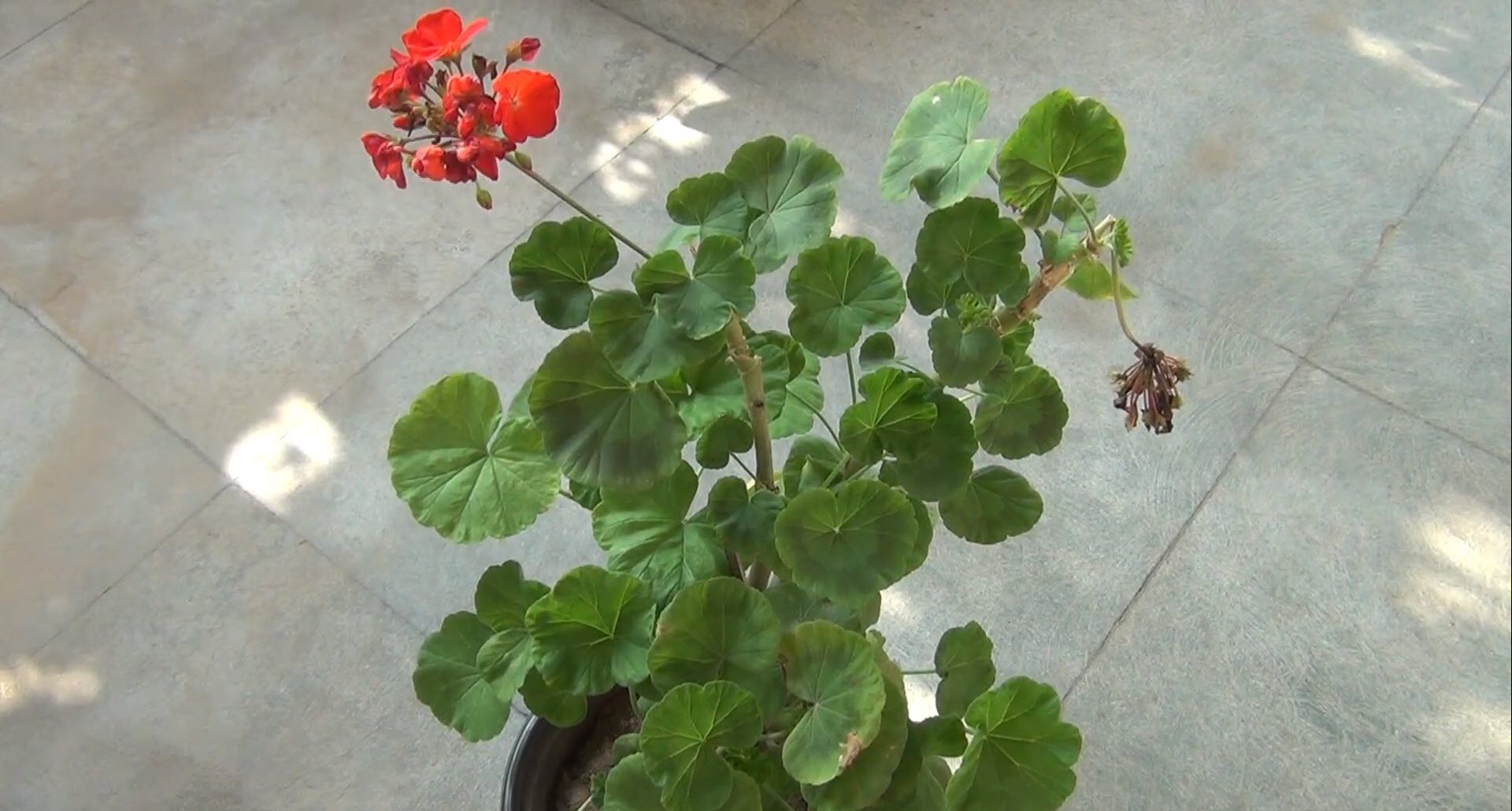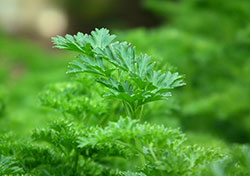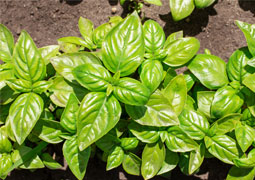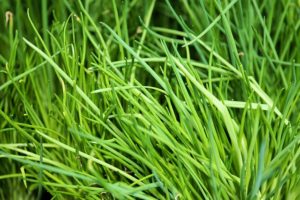For flower lovers out there, Geranium is truly a heaven sent. With its vibrant and lavish blooms, it can definitely make any garden to look for enticing. You may also opt to grow it indoors and add some pop of colors to your bedroom or home office.
However, despite geranium being known for its colorful blooms, its leaves are just as important. So, if you observe that your geranium is starting to produce smaller leaves, waste no time and immediately take action.
If your Geranium plant started to grow smaller leaves it could be because Mealybugs, Lack of fertilizer, Excessive or lack of water supply, Insufficient sunlight exposure or other geranium diseases that we are going to cover. See below the described symptoms that fit your geranium to grow smaller leaves and how to fix it.
Here are some of the possible factors causing the production of small geranium leaves as well as the ways on how to fix them.
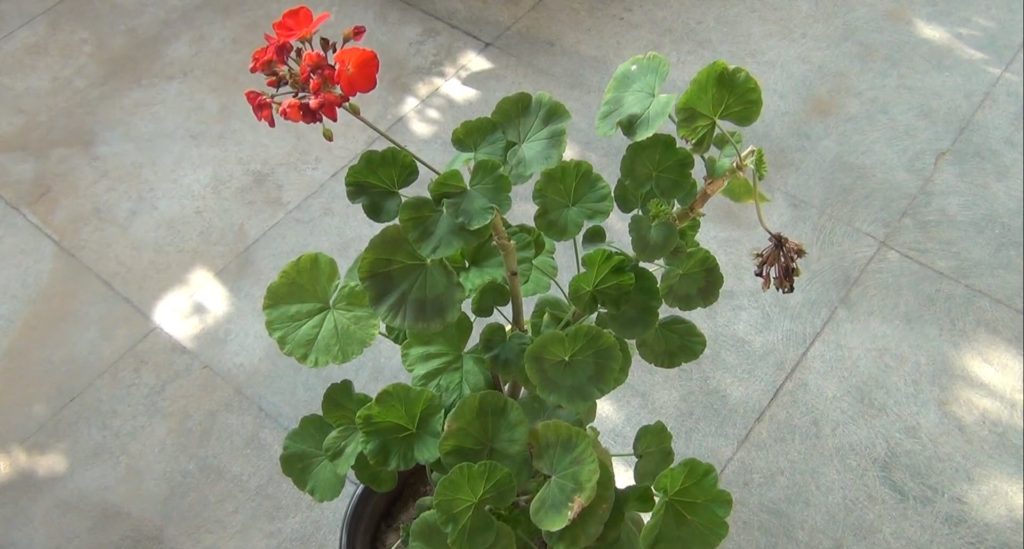
Causes of small geranium leaves
- Mealybugs
What to look out for
Distorted leaves, small plant, yellow leaves
What to do
Mealybugs are usually characterized as small soft-bodied insects surrounded by silky, white covers that usually feast on plant stems and leaf nodes.
When infested, your geranium leaves will turn to yellow and eventually drop. Mealybugs also distort new buds that result in your geranium producing smaller leaves than normal.
You can create your own organic plant spray against mealybugs by making a paste out of some cloves of garlic, a small bulb of onion, and a teaspoon of cayenne pepper. Mix the paste with water.
After an hour, strain the mixture and add some soap. Transfer into a spray bottle and apply it onto your geranium leaves. - Lack of fertilizer
What to look out for
Small leaves with yellowish edges
What to do
If you happen to notice the bottom edges of your geranium leaves turning yellow and the leaves are thin, then it simply means that your plant lacks proper nutrition.
To be able to fix this, feed your plants with prescribed amounts of liquid fertilizer by spraying directly onto the foliage.
Do this regularly for every two weeks until the manifestations disappear and your plant starts to develop average to huge sized leaves. - Excessive or lack of water supply
What to look out for
Dried/thin leaves, soggy soil
What to do
Especially when the humidity level is high, it is essential that you provide your geranium plants with a sufficient amount of water supply, or else it won’t be able to generate enough energy that is essential in getting the nutrients that it needs to produce healthy, large leaves.
Make sure to not leave the soil too dry, but careful enough to not overwater your plant. Just keep the soil moist and water when deemed necessary. - Insufficient sunlight exposure
What to look out for
Small leaves, weak plant, yellowish leaves
What to do
Another reason why your geranium plant fails to produce larger leaves is that it does not receive adequate amounts of sunlight. Geranium is known to be a sun-loving plant that requires about 6 hours of full sun exposure every day.
When neglected, this can cause your plant not only to produce smaller and unhealthy leaves but also to leggy stems. There is also a huge possibility that your entire plant will not thrive longer than you expect.
Other growing problems and diseases
What’s great about growing geraniums is that they are considerably hardy so they are perfect for beginners, but that does not make them a hundred percent resistant to pests and diseases.
As a matter of fact, below are some of the growing problems and diseases that usually prey on geraniums.
Read on the following so you will be fully equipped with knowledge on how to manage these kinds of growing problems.
- Bacterial blight
Bacterial blight can be quite tricky to detect as the symptoms may show in different ways.
For instance, it can appear as wedge-shaped whose wider area is commonly seen along the leaf margin while the narrower part is near the leaf vein.
Alternatively, bacterial blight may also look like some circular or irregular shape soaked spots that are usually brown in color.
This bacterial disease rapidly spreads from one leaf to another, primarily attacking the vascular system of the plant via the veins and petioles.
Once infected, the entire plant will have a greater chance of wilting and eventually dying. To avoid bacterial blight from spreading, immediately eliminate the infected plants and sanitize the gardening tools that have been used for your infected geranium as they may still carry some bacterial residue. - Backleg
Backleg is a fungal disease primarily brought by Phoma lingam.
This disease may strike at any stage of the plant’s development but typically starts from the seedlings, about three weeks after the transplantation.
While this disease usually appears on cole crops like cabbage and broccoli, as well as in potatoes, it may also affect geranium leaves due to stem cuttings which are used in propagating the plant.
Once backleg manifests in your geranium, it is important that you immediately get rid of the stem cuttings.
Meanwhile, in order to avoid this disease from taking over your plant, proper sanitation of gardening tools is required and avoid overwatering your geranium as a moist environment can greatly contribute to this fungal disease. - Budworm
When you notice that the unopened buds of your geranium have small holes, it could be a sign of budworm infestation.
These budworms are caterpillars, whose colors may vary according to their host flower and have two faded lines running parallel to their body, that specifically strike on a geranium plant’s unopened buds and feed on them from the inside out, causing the small holes.
Once you see your plant’s unopened buds manifesting the signs of budworm infestation, immediately pick them out as well as the visible budworms feasting on your plant. In cases where heavy infestation occurs, you may opt for a spray. - Leaves turn red
Aside from pests, bacteria, and fungi, inappropriately low temperatures can also adversely affect the growth and quality of your geranium.
Especially when you leave your plant outside in winter or too early in the spring, they do not respond well to the chilling nighttime breeze. As a result, the leaves of the geranium turn red.
To avoid this from happening in the future, wait until the nighttime temperature is favorable to your plant, ideally at 40°F, before you move it outdoors. - Alternaria Leaf Spot
Once Alternaria Leaf Spot infestation begins, you will initially see some dark circular spots on the surface of the infected leaves, usually ¼ to ½ inch in diameter.
As the fungal disease spreads, these spots may change in color; from dark to gray or brown plus yellow rings around the edges. An application of fungicide can help alleviate the disease from spreading.
Tips on growing geranium properly
With a plant this gorgeous, you’d really have to invest more time knowing how to properly take good care of a geranium plant.
Whether you are growing your geranium indoors or outdoors, here are some of the essential tips that you might want to take note of to make sure that you provide a good growing condition for your plant.
- Schedule watering
You don’t want to kill your plant due to overwatering so it is important that you allow the soil to dry, but not too much, before watering it again.
Especially during the winter, take time to examine the dampness of the soil first by using a moisture meter.
If you do not have any, you can simply stick your finger 1 in deep into the soil and check if it is dry enough to receive water again.
Additionally, avoid overhead watering as this can lead to pests or disease issues. - Apply fertilizer during the growing season
When your geranium is at its most active stage, make this an opportunity to feed them with fertilizers.
Applying fertilizers during the months when geranium is actively growing will encourage the plant to grow more vigorously.
Preferably, you can use water-soluble fertilizers and apply them every two weeks but be cautious not to use fertilizers in winter.
- Deadhead your geraniums
To be able to fully maximize the growth of your geranium, you can start by deadheading the plant.
This means that you remove the older blooms to give way to the new ones.
But, to do this effectively, you must not only remove the top flowers, instead, but you also have to make the cut from the bottom of the stem that holds the older blooms.
While you are at it, you can also take this time to remove the yellow leaves off of the plant.
They are usually found near the base of the plant since that is the part that gets less light. - Spray on some pesticides
Protect your geranium from unwanted pests and insects, particularly worms and caterpillars by spraying some pesticides.
Preferably, use one that contains Bacillus Thuricide. This bacteria, when ingested by caterpillars and worms, aggressively attack their digestive system that eventually causes their death.
Don’t worry because this kind of pesticide is deemed safe for pets and humans.
Benefits of geranium leaves
Aside from making your garden or your indoor office even brighter and more colorful than ever, geranium can also be a good choice of medicinal resources.
Essentially, you can make oil out of geranium leaves and these organic oils contain antibacterial, anti-inflammatory, antioxidant, astringent, and antimicrobial properties that help ease some conditions.
Here are some of the diseases and conditions in which geranium leaf extract can be of huge help.
- Neurodegenerative disease
- Diabetes
- Wounds and allergies
- Menopause and perimenopause
- Infection
- Nasal vestibulitis
- Swelling
Additionally, geranium leaves can also be a good herbal tea. You can use either fresh or dried geranium leaves. Just pour some hot water and let the leaf diffuse. After that, you can simply strain the leaves out and drink your tea.

